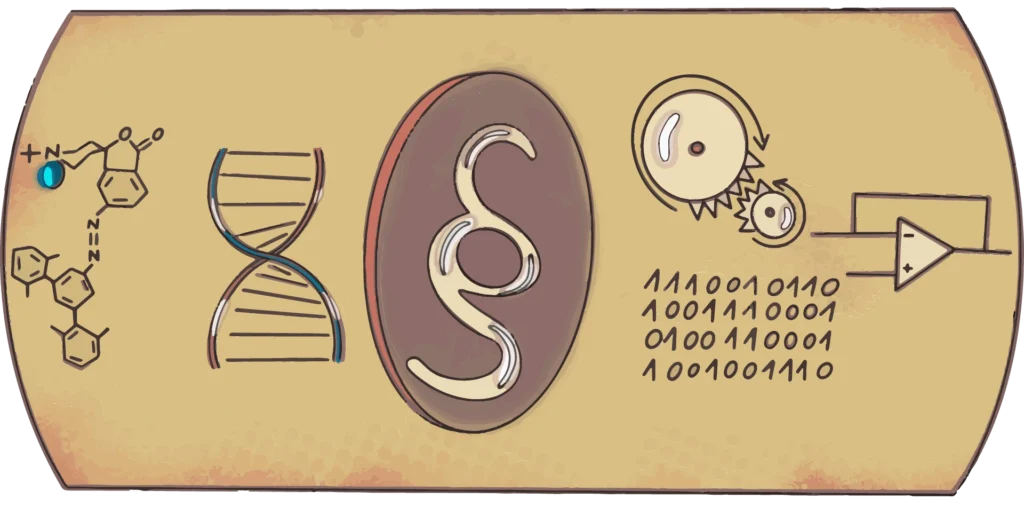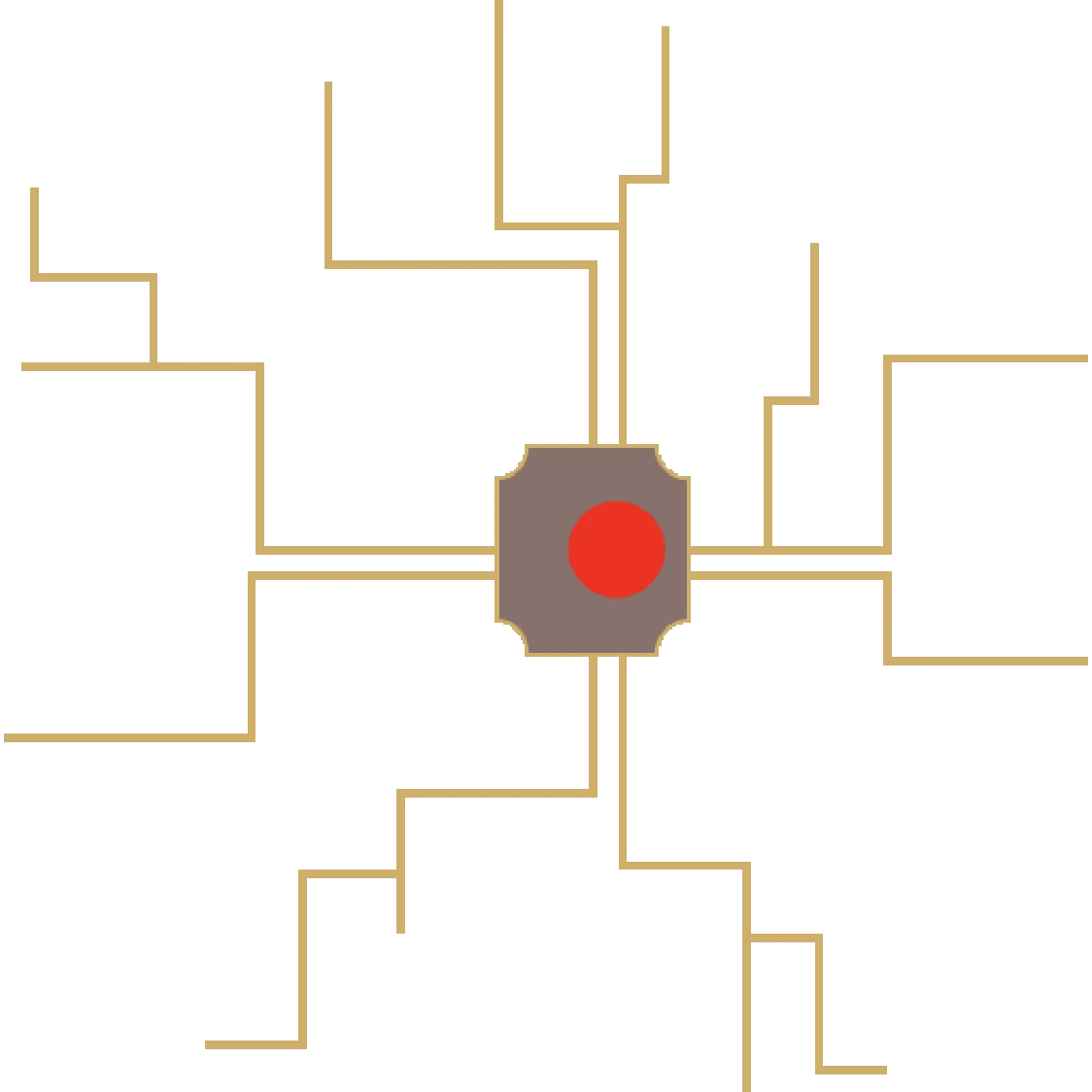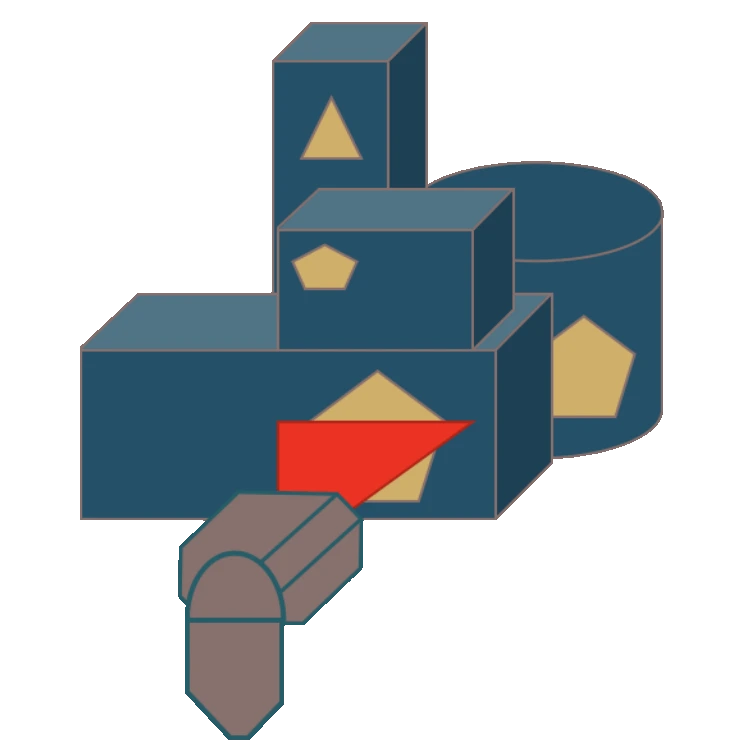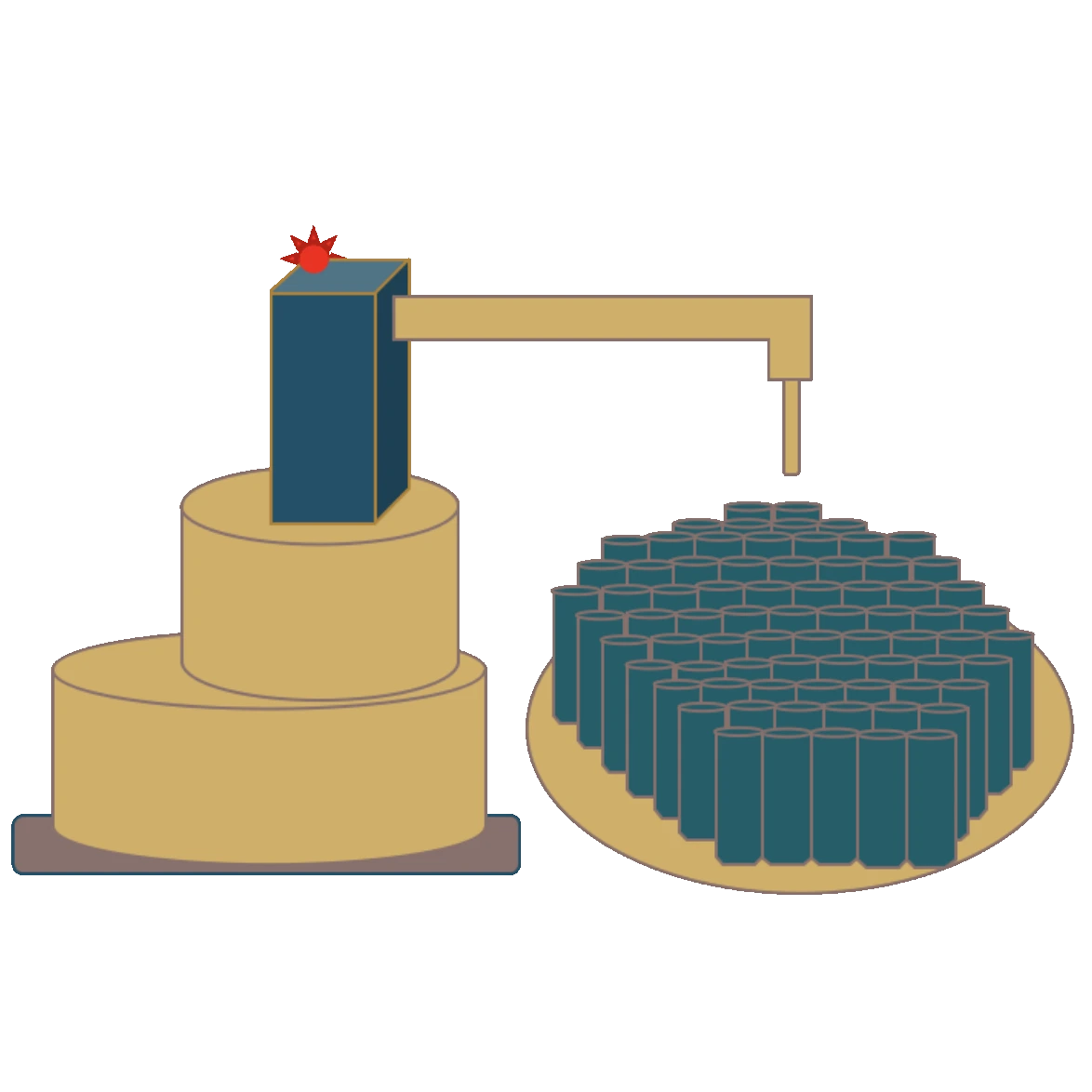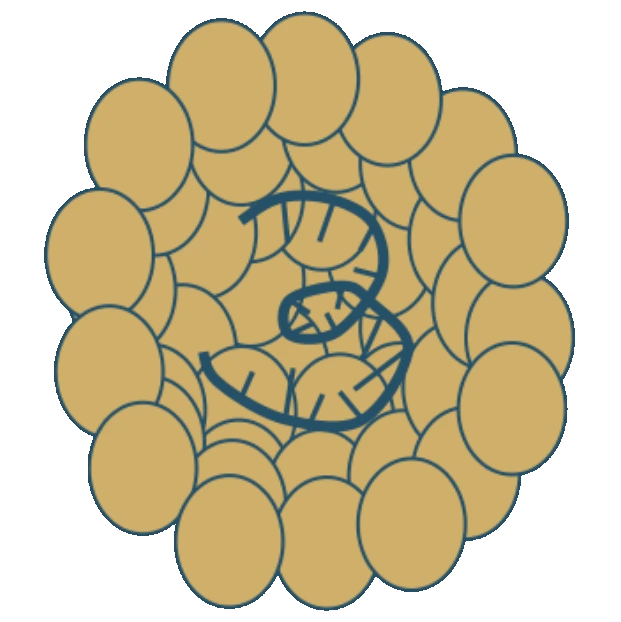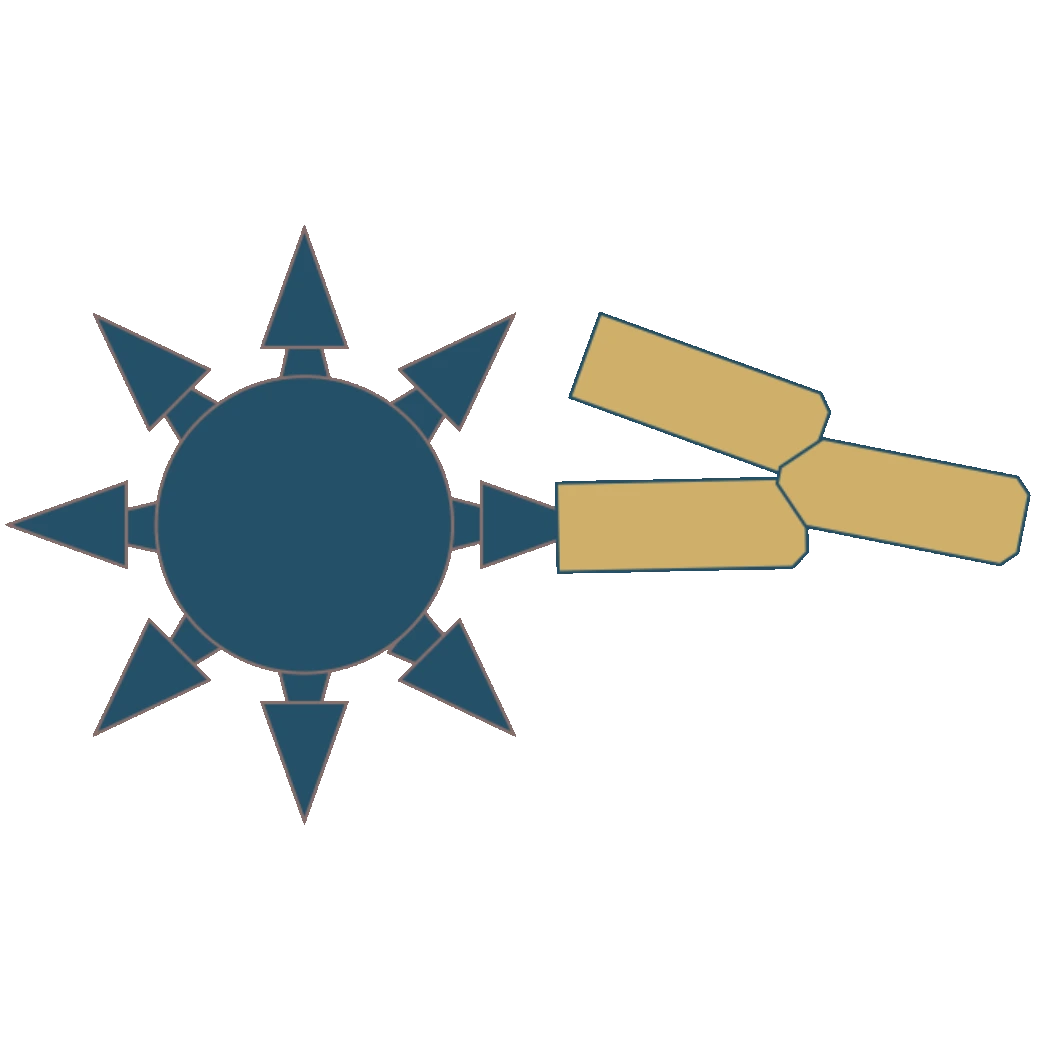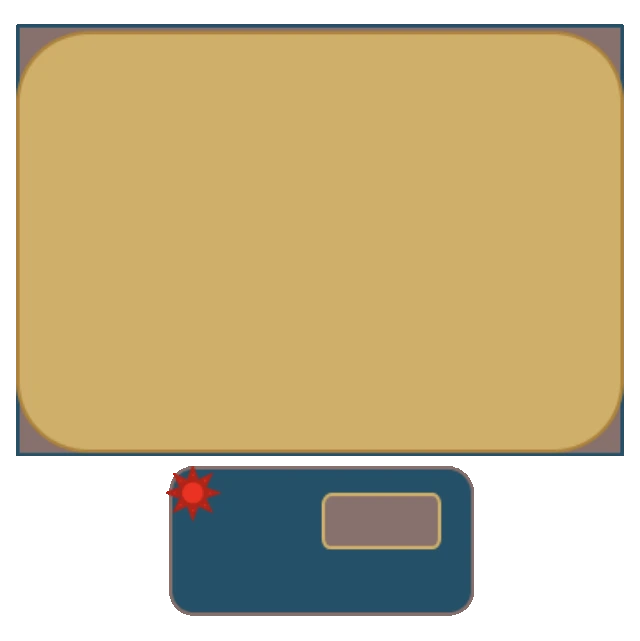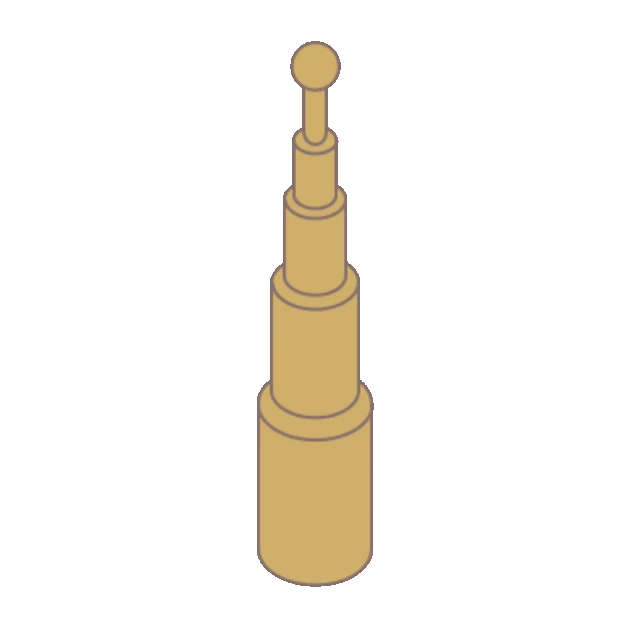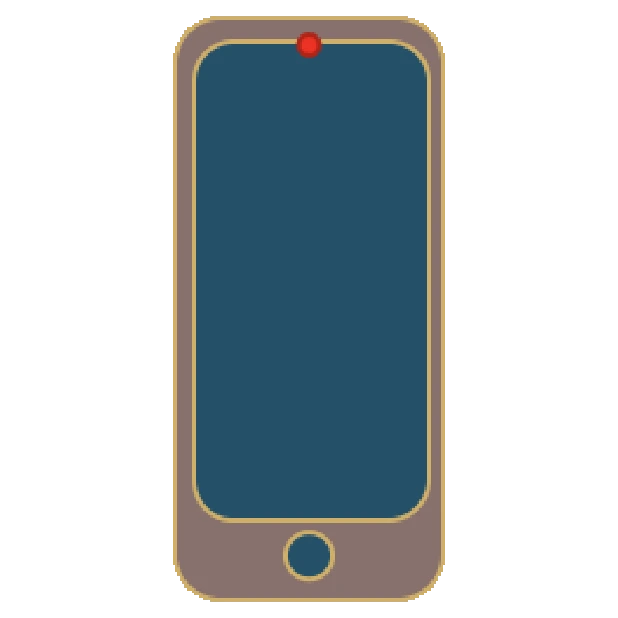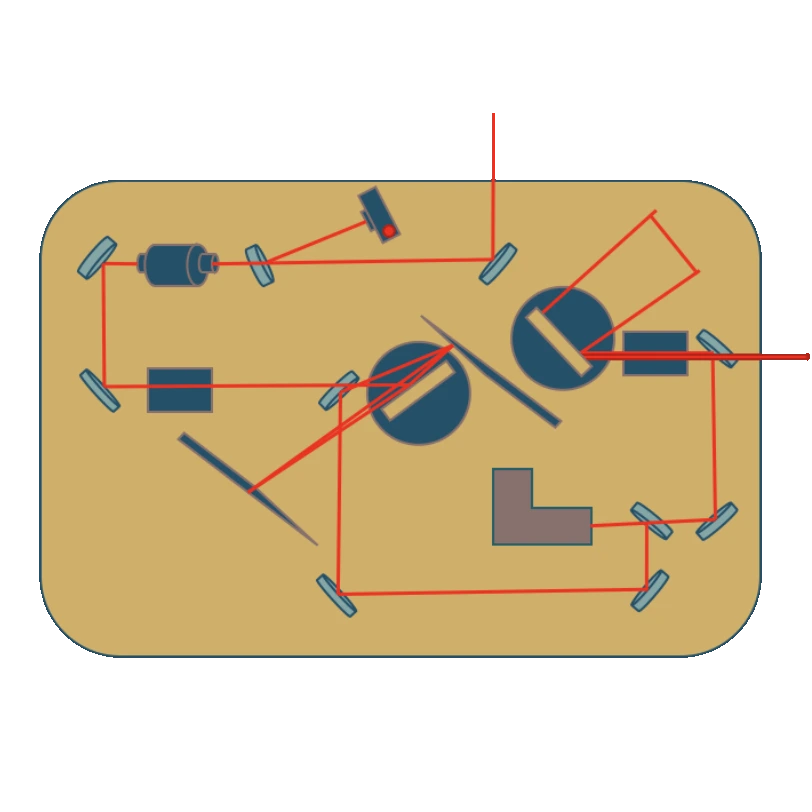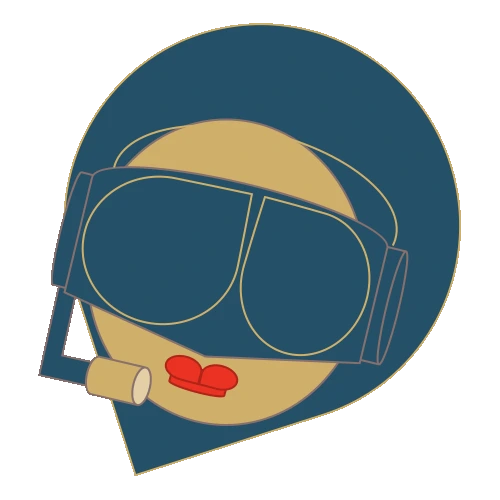Patents
A powerful legal tool, protecting the technical core.
Computer-implemented inventions (CII)
Software isn’t patentable. This is a common misperception of German and European patent law. Software as is, so as a standalone tool, isn’t patentable, correct. Nevertheless, computer-implemented inventions are indeed patentable. CIIs frequently implement software into a claim structure of a broader generally technical structure of a machine, a computer, a hand-held device, optics, or photonics analysis system – you name it. Nevertheless, seeking patent protection in Germany and Europe for CIIs can be quite challenging. The invention must be technical, what is easily achieved by the above-mentioned implementation into a computer or other undoubtedly technical device. Nevertheless, the big hurdle is the inventive step: As all patentable solutions, it must be on any technical field, has to be novel, based on an inventive step and has to be commercially applicable. The key challenge lays in the inventive step argumentation and the respective description of technical features or features with at least a technical effect. During drafting of patent applications, it is of utmost importance to already disclose all the relevant information regarding technical features and features with at least technical effect to provide support for the inventive step argumentation during prosecution. Furthermore, CII applications should be drafted already with respective potential infringers in mind. Frequently, one encounters patent applications or patents who claim several stages of distributed network architectures in one claim. This renders those type of patents difficult to infringe, if not impossible. PESCHER IP has experience in drafting and prosecuting patent applications focusing particularly on the above-mentioned aspects. Want to get in touch with PESCHER IP? Please reach out using the contact information provided here.
Optical systems and photonics devices
We live in a world of photonics. The photonic industry spans the whole value chain, from telecommunications, via logistics, robotics up to medical devices. The different branches are intertwined and highly complex. Therefore, it is crucial to have a clear picture in mind on how to prosecute the respective patent applications. Furthermore, one should have a clear litigation strategy when it comes to enforcing respective patents. As we have seen in the early days of the unified patent court (UPC), several cases filed are further escalation steps of already pending disputes around the globe. Therefore, patentees from the photonics and optics industry shall have laid out an enforcement strategy regarding these patents, mitigating the risks of the UPC, considering the pros and cons of the unitary patent (UP) and combine it with an international strategy.
Dr. Manuel Pescher with PESCHER IP holds a PhD obtained from Goethe University in Frankfurt focusing on laser technology and spectroscopy. Therefore, he has the technical knowledge to provide thorough legal advice to address your individual demands in patent prosecution and litigation, also focusing on German law, harmonized EU law and links to international IP law having your individual case in mind.
Chemicals, biologicals, pharmaceuticals, and nanotechnology
As complex as these technology fields are as complex are the legal demands regarding prosecution and litigation. The specificities of ranges, selection inventions, disclosure to an extent that an invention can be carried out by the skilled person without undue burden are among the specific challenges one must have in mind when drafting respective patent applications as well as during prosecution. Furthermore, litigation requires a thorough understanding of these fields.
Dr. Manuel Pescher with PESCHER IP holds a double diploma in biology and physics, both from Goethe University, Frankfurt / Main Germany. Additionally, he holds a PhD in physics, where he worked on spectroscopy of light-switchable nano-machines. This technical background allows him to handle cases on the borders of the different disciplines of biology, physics and chemistry.
Telecommunications
Telecommunications (and photonics) enter a stage of disentanglement of international distribution and value chains, based on sanction regimes in interstate disputes. The threat is twofold:
(1) Some states try to allow parallel imports or implement second level distribution chains against the will of proprietors, even though this might be against international agreements and international law applicable in those countries. As one solution, patent protection in former considered-irrelevant countries evolve to “centers of attention”. Applicants must face the new reality and consider filing and prosecuting in countries which have been ignored so far to cover changing distribution chains.
(2) The international market and innovation landscape is changing rapidly. On the one hand, we see simplifications e.g., based on new agreements going into force such as the unified patent package in the European Union introducing the unified patent court (UPC) and the patent with unitary effect (UP). The UPC paths way for the fastest patent litigation in the world, if promises by the deadline regime are met. On the other hand, regulation demands are further increasing, nationally as well as internationally. Based on that, applicants and proprietors must develop filing and litigation strategies that allow to bridge the gap between the different pace of patent prosecution, patent litigation and market evolution.
PESCHER IP provides legal advice to address your individual demands in international patent prosecution and litigation, focusing on German law, harmonized EU law and links to international IP law having your individual case in mind. PESCHER IP can bring international partners to the table to find a solution that suits your demands.
Scientific inventions and transfer to industrial applications
Universities as well as research institutions are a main contributor to the innovation landscape in Germany, Europe and beyond. Transferring innovation from fundamental science to industrial application is frequently a challenge as several aspects must be considered from a legal point of view, as well as from an economic point of view. Raising venture capital (VC) is mainly available through US channels. Nevertheless, funding sources are increasing in Germany and Europe. For a successful fundraising campaign, it is of utmost importance to have a thorough IP strategy in place to avoid that your innovation is vulnerable to theft, even by VC partners or potential competitors.
Furthermore, a thorough IP strategy may allow you to seek support by innovation awards. PESCHER IP provides legal advice regarding an early-stage IP strategy to allow you to raise funding and to bring you onto a path to allow for future growth following the motto: “Take care of your business, leave the IP to the expert supporting you.”
FAQs - PATENTS
Patents protect technical contributions to any field of technology, if these contributions are novel, based on an inventive step and industrially applicable. Only a single invention or inventive concept can be covered by a patent. The term of a patent runs 20 years from date of filing, if annuity fees are paid accordingly.
The utility model (in German: “Gebrauchsmuster”) must not be confused with the US-Term utility patent. The German utility model has mostly the same purpose as the patent but must not cover methods – at least for now – and its term runs for 10 years from date of filing or the date which is to be considered the date of filing. The German utility model is not to be confused with the utility patent in the US. The latter refers to a “classical patent” in the sense of the patent described above. The utility patent differentiates the technical subject matter from designs, which are protected by design patents in the US. In case you are interested in design protection, please refer to the respective section by following the link here.
The patent undergoes examination by a patent office e.g., the European Patent Office (EPO) or the German Patent and Trademark Office (GPTO, in German: “Deutsches Patent und Markenamt – DPMA”). Therefore, you may assume that the patent may survive a validity attack at least to some extent. The German utility model does not undergo such an examination. Even though the German utility model is fully enforceable, its validity is challenged at the litigation stage. The strength of a utility model is based in the fact that it may be split of up to ten years from any patent application pending in Germany or for Germany. In such a case, the scope may be adapted to a then infringing product, if the originally filed documents of the patent it is split of disclose the respective subject matter. Therefore, you may not have to wait up until grant of a patent to fully enforce your right referring to a certain subject matter and to rely on the preliminary protection of the patent application. Instead, you can split of a utility model with a respective scope of protection. Nevertheless, the legal prerequisites for validity must be met as explained above.
A unitary patent (UP) allows to get protection in for now 17 member states of the European Union in a single procedural step after grant of a European patent from the European Patent Office. The UP reduces logistical demands but lacks the flexibility of the classical national validation of European patents, where European patents are validated and renewed in the respective member states to the European Patent Organization individually and independent from each other. As a rule of thumb, the UP’s costs for annuity fees are cheaper than classical validation, in cases where you seek protection in 4 or more states participating. Furthermore, sole jurisdiction lays with the Unified Patent Court (UPC) and you are not capable to change that, different from classically validated European patents, which can be opted out from the competence of the UPC. This opt out declaration may be withdrawn once. For more details on the UP, please reach out. A respective section will follow soon.
On the pro side, the Unified Patent Court (UPC) is anticipated to be the fastest litigation court in the world. This depends on the answer to the question if the court may meet the deadline regime as set out in the Rules of Procedure (RoP). In case Question’s answer is yes, then the UPC allows to make decisions on patent validity, preliminary injunctions, and patent infringement, legally binding in for now 17 member states of the European Union. Therefore, the market size is internationally big enough to be relevant for most technical fields. The cons are the potentially higher costs e.g., when compared with purely national litigation in Germany and some legal uncertainties up to the first decisions of the UPC are issued. For more details on the UPC, please reach out. A respective section will follow soon.
